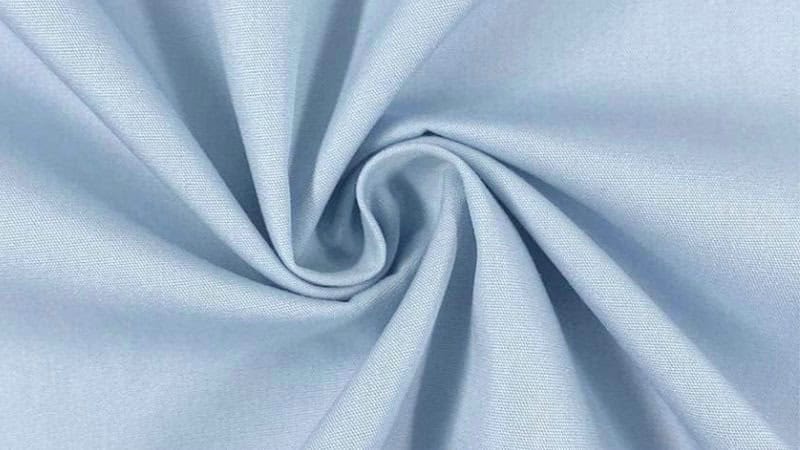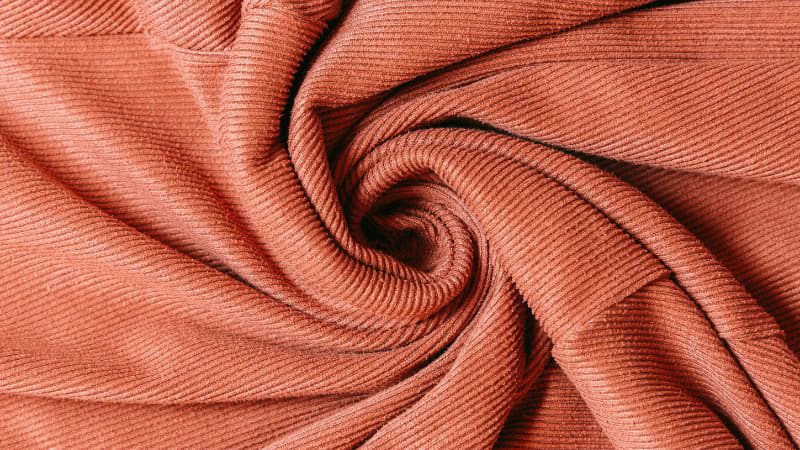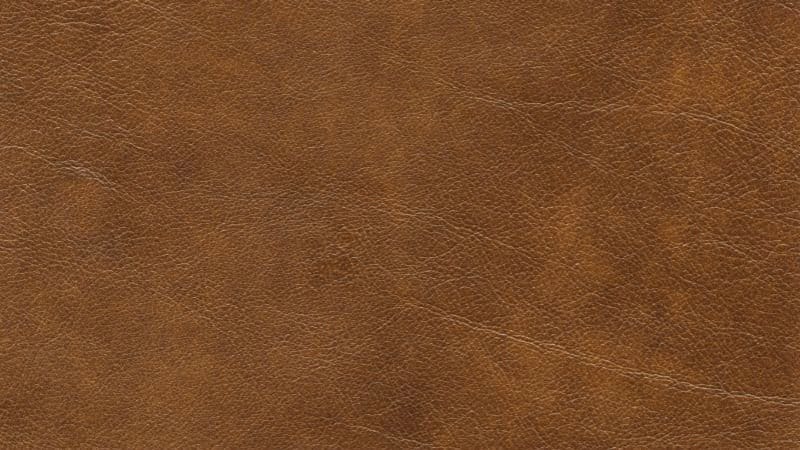
Car interior material is one of the most used parts of a vehicle. Also, it’s the main section that contributes to elegance and comfort while driving.
When it comes to car seat material, your lifestyle and aesthetic preference highly influence your seat choice. Below are the most common car seat materials and the advantages and disadvantages of each.
Overall Guide of Types of Car Seat Material
| Material | Durability | Comfort | Aesthetic Appeal | Maintenance | Eco-Friendly | Best For |
| Leather | High | High | Luxurious | Moderate | No | Luxury vehicles |
| Silicone Film | High | Medium | Modern/Custom | Easy | Yes | Tech-integrated interiors |
| Vinyl/Faux Leather | Medium | Medium | Premium | Easy | No | Budget-friendly luxury |
| Alcantara | Medium | High | Sporty | Difficult | Yes | Performance vehicles |
| Nylon Fabric | Medium | Medium | Standard | Moderate | Yes | Family/daily use |
| Polyester (Microsuede) | Low | High | Soft/Tactile | Difficult | Yes | Comfort-focused drivers |
1. Alcantra
It’s also known as Ultrasuede. It has the same visual appearance and feel as a microsuede. However, the added advantage is that it’s flame retardant. Notably, it’s one of the least common types of car seat materials and is manufactured by a single producer in Italy.
In recent years, it has become increasingly popular in mid-range cars.
Pros
- It has a luxurious feel and is aesthetically pleasing.
- It has a high friction coefficient, reducing slips during fierce driving
- It’s flame retardant and thus provides an added safety benefit.
Cons
- It’s expensive and hard to find. Mainly, the material is used in high-end performance vehicles.
- It’s hard to clean and may not be suitable if you have kids, as it might not withstand daily family wear.
2. Leather

Leather is a highly popular car seat material that most car owners want in their vehicles. It has an elegant look and is highly durable, so it’s ideal for daily use. However, leather prices continue to surge, and it may not be an affordable car seat material for most people. Essentially, leather in most luxury cars is top-quality and usually hand-stitched, which increases the cost.
Even so, considering it’s one of the most stylish and functional car interior materials, it’s worth the money. Therefore, you’d want to use it for your car’s interior if you can afford it. Most importantly, note that leather can crack if exposed to high temperatures, particularly during hot weather. In that case, you should do regular conditioning to prevent it.
Pros
- A leather seat provides a luxurious feel.
- It lasts longer as it responds well to wear and tear.
- It’s easy to maintain. You can purchase car conditioners from an auto parts store for frequent conditioning. This basic maintenance keeps your leather car in good condition and can last a lifetime.
Cons
- It’s costly.
- Leather car seats can be very hot, especially during summer.
- It can be easily damaged if you use the wrong cleaning methods and products. For example, excessive rubbing may damage surface coloration.
3. Vinyl
It’s also referred to as leatherette or faux leather. It’s made to look like leather through specific methods like embossing but doesn’t involve the use of animal products. It’s now prevalent even in luxury cars as most car owners opt for unique vegan options for leather seats.
Pros
- It can be ideal if you want the look of leather but don’t use animal products.
- It gives a smooth appearance if you want a non-upholstered surface.
- It’s a durable and high-quality fabric upholstery.
- It’s easy to wipe clean.
- It’s available in various colors and is thus suitable for different car models.
Cons
- It can only last for about ten years
- Doesn’t breathe well and can get sticky when exposed to high temperatures
4. Polyester
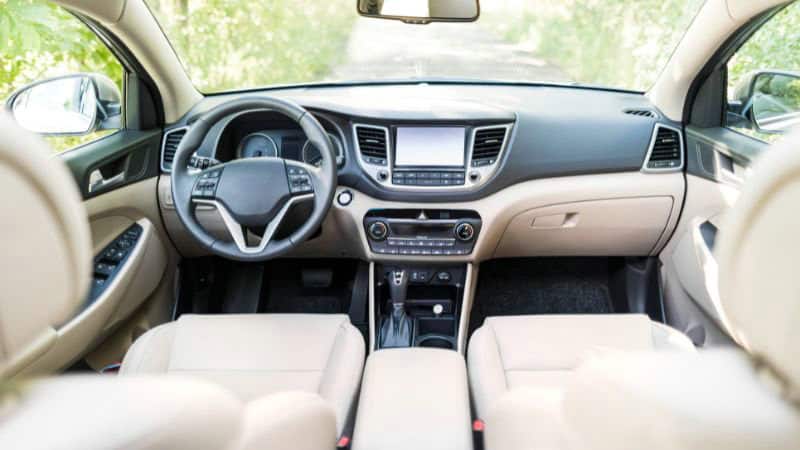
It’s a microsuede car seat material made of polyester. It gives a vehicle a suede look and feel. Also, it’s one of the materials with the softest surfaces.
Pros
- Provides a luxurious suede look.
- It breathes easily, so it doesn’t get warm or sticky during warm days or hot weather.
Cons
- It collects dirt easily, absorbs odors, and catches stains. Therefore, it’s difficult to clean.
- It can get stiff or hard if cleaned wrongly.
5. Nylon
It’s the most common car seat material used in fabric upholstery. It may not provide the luxurious look and feel other materials give, but it is still elegant and offers driver comfort. The added advantage of nylon is that it’s sturdier and more resistant to dirt and stains than other fabric options.
Pros
- Nylon seats are budget-friendly, so most car owners can afford them.
- They are fairly sturdy.
- Repels stains easily.
Cons
- May stain or absorb odors.
How to Clean Different Types of Car Upholstery
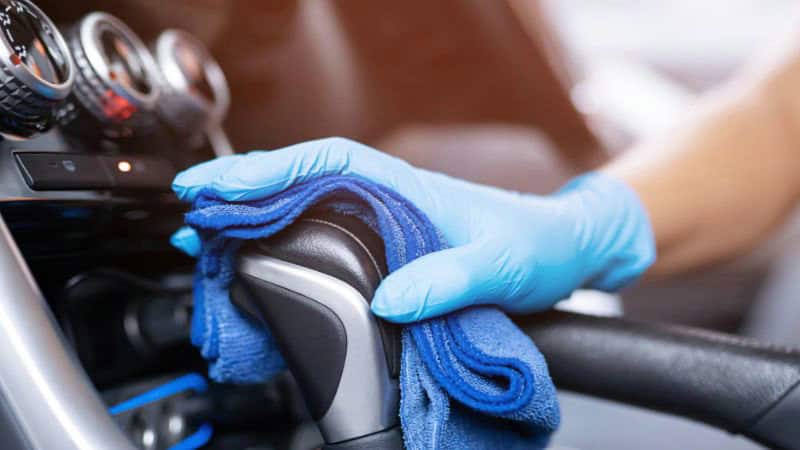
There are specific cleaning methods, agents, and materials for every type of car upholstery. Here’s how to clean the different types
1. Nylon Car Upholstery
Use a vacuum to take off loose dirt or dust from the seats. You can then mix a mild detergent with hot water, dip a sponge and scrub the fabric surfaces. Afterward, dip another sponge in cold water and scrub the detergent off the car seat surface. Your seats are adequately cleaned at this stage, and you can leave them to dry.
2. Vinyl Upholstery
You can wipe vinyl seats with a clean damp cloth since it’s fairly waterproof. Ideally, you’re not limited to using a cleaner specifically designed for vinyl for stubborn stains.
3. Faux Leather Upholstery
Remove loose dirt or dust using a feather duster, then proceed to use a vacuum. Mix detergent with the cleaning water but ensure you don’t produce bubbles. Afterward, dip a clean cloth into the mixture, squeeze to remove excess water, and use it to wipe the car seats. You can then remove the detergent with another damp cloth.
Finally, wipe the wet faux leather surface with a fresh dry cloth. You can use a faux leather cleaning agent or a toothbrush for stubborn residue.
4. Polyester Upholstery
Using a wrung-out clean cloth, wash the seats with a microsuede-specific cleaning agent. However, if you can’t access one, use a low-PH soap like a baby wash. While at it, ensure you don’t wet the material, as polyester can get water stains. Also, you can opt for steam cleaning.
5. Leather Upholstery
Use a clean cloth to first take off lingering dust, oils, and other dirt on the leather surface. Afterward, apply upholstery conditioner and rub it into the leather material. Such conditioners usually contain gentle stain removers and hydrating agents like neatsfoot oil to clean and protect your leather surfaces. Also, park your car in the shade to avoid exposing the conditioner to UV light.
Smart Seat Technology Section
As Types of Car Interior Material evolve, integrated smart technologies are redefining driver experiences.
Leading brands like Tesla now embed heating and cooling systems directly into seats using advanced material engineering.
Silicone film-based interiors enable precise temperature control zones that adapt to body heat, while conductive fabrics in premium models sync with AI to adjust lumbar support during long drives.
These innovations merge seamlessly with sustainable materials – vegan silicone leathers and breathable microsuedes now house sensors for posture monitoring and fatigue detection.
The future points to self-cleaning nano-coated fabrics and memory-foam hybrids that shape-shift using pressure-sensitive polymers, transforming how we interact with automotive interiors.
Frequently asked questions
Do dark-colored car seat materials increase cabin heat?
Yes, dark materials like black leather absorb 30% more heat than light alternatives. Silicone films and light-colored fabrics reduce heat absorption while maintaining style.
Which car seat material offers optimal comfort for long drives?
Alcantara and premium microsuede provide superior breathability and pressure distribution, while silicone film balances support with temperature regulation in modern vehicles.
What’s the most durable material for family vehicles?
Nylon fabric withstands heavy daily use which is easy to clean, while silicone film offers exceptional spill/stain resistance. Leather performs well but requires frequent conditioning against wear.
How often should car seats be deep-cleaned?
Vacuum weekly; deep-clean every 3 months. Vinyl/silicone need monthly wipe-downs, while suede/leather require quarterly conditioning to prevent damage.




